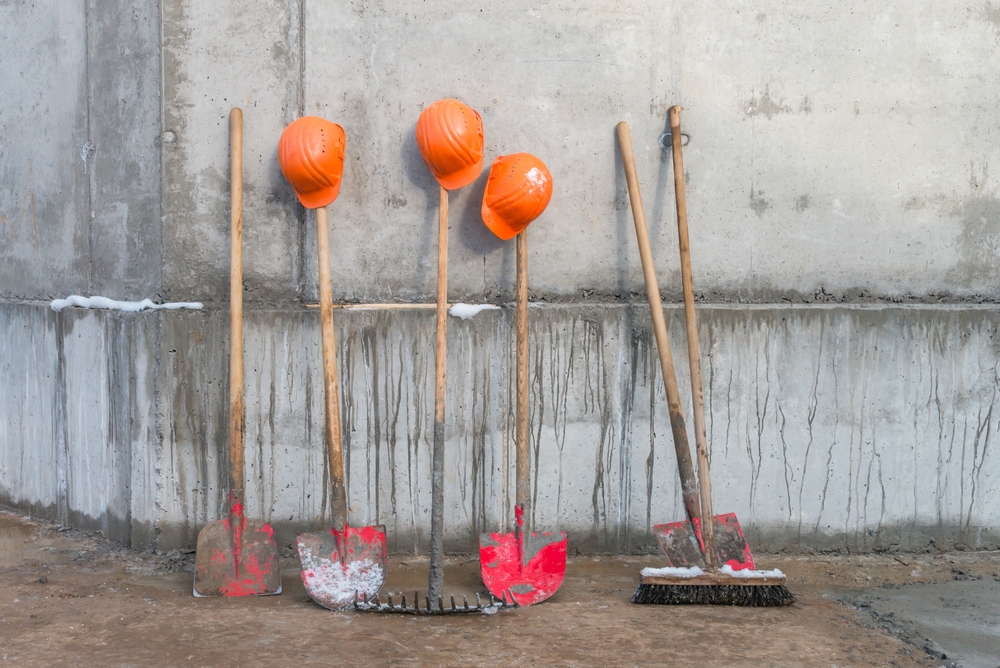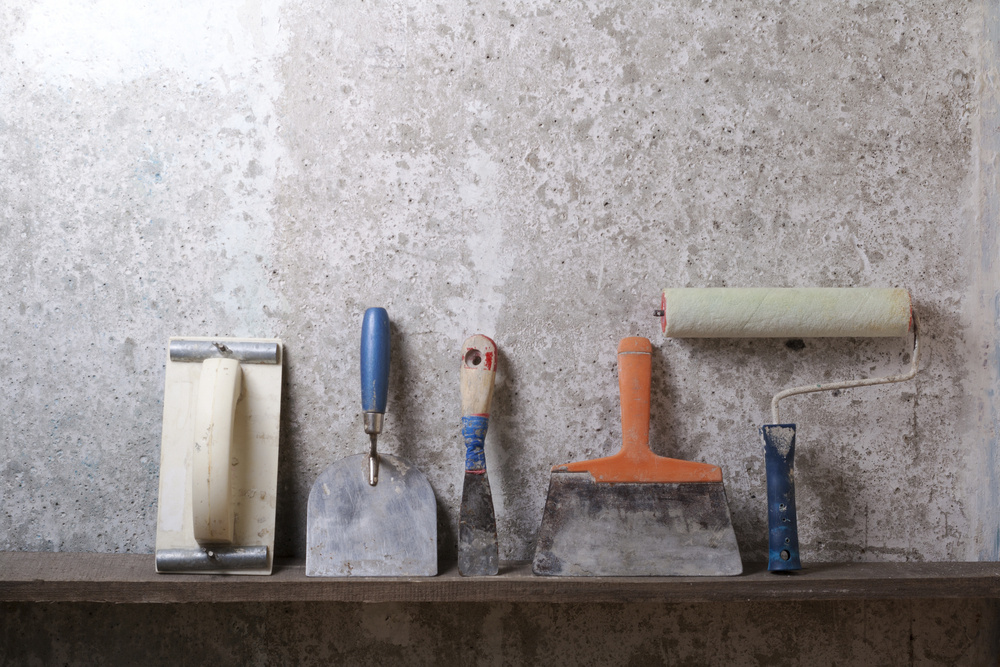Have you ever stood in the tools aisle, feeling a bit overwhelmed by the sheer variety of spanners, hammers, and saws? Do you find yourself wondering which hand tools will give you the best results for your Australian construction projects? Are you hoping to save time, lower costs, and enhance the quality of your builds? If any of these questions sound familiar, you’re in the right place.
Whether you’re a newcomer aiming to set up a starter kit or an experienced builder looking to refine your arsenal, this guide will walk you through every step. We’ll look at practical examples based on real construction scenarios, so you can picture how these tools perform every single day. Ready to learn how to invest smartly in hand tools and avoid wasted time or money? Let’s dive in!
Why Choosing the Right Hand Tools Matters
Picking the right hand tools might sound straightforward, but it can actually determine whether your project goes smoothly—or feels like an uphill battle. They affect how quickly you work, your overall costs, and even on-site safety. In Australia, where weather conditions can be unforgiving, having tools made from durable materials is critical. The last thing you want is to scramble for replacements in the middle of a project because your hammer broke under stress.
Understanding the Impact on Project Success
Hand tools have a direct impact on how efficiently you complete each phase of construction. A well-balanced hammer or a precisely calibrated measuring tape can boost productivity, reduce errors, and speed up workflows. When your tools perform consistently, you can better predict timelines and labour costs. This stability often leads to happier clients and repeat business, two factors that significantly raise the profile of any construction business.
Additionally, choosing the right tools also means fewer mishaps. Using a tool that wasn’t designed for the task can lead to accidents, especially if you’re working at height or dealing with intricate materials. What’s more, quality tools tend to withstand repeated use. This durability means you save money in the long run because you won’t need constant replacements. Overall, making smart tool choices helps your projects meet deadlines, stay within budget, and meet Australian safety standards.
Balancing Budget, Safety, and Performance
Budget constraints often arise in construction, and it’s tempting to go for cheaper tools. However, saving a few dollars upfront might cost you more if the tool breaks or causes on-site injuries. Striking the right balance among budget, safety, and performance involves carefully weighing how often you’ll use each tool, the level of quality you need, and any specific challenges of the Australian climate. By doing so, you’ll identify which hand tools can stand the test of time—and which ones are likely to fail under pressure.
Identifying Your Construction Project Needs
Before you splash out on the latest range of products at your local hardware store, it’s vital to assess your project details. Think about the common tasks you’ll perform and whether they involve handling heavy timber, precise measurements, or more specialised processes like working with metal or electrical components. This initial step helps you steer clear of buying tools you’ll rarely use.
Evaluating Project Scope and Requirements
Larger projects, such as commercial builds or extensive home renovations, often demand a wide-ranging set of tools. You’ll need anything from cutting and shaping implements to safe and sturdy gripping tools. For smaller jobs, you might get by with fewer hand tools, focusing mainly on everyday essentials like screwdrivers, tape measures, and pliers. Once you define your scope, you can look into the exact instruments required. This is also a good time to reflect on potential upgrades if you foresee heavier usage in the future. By aligning your selections with real-world needs, you can sidestep overspending and choose tools that genuinely support the tasks at hand.
Considering Australian Building Standards and Conditions
Australian building regulations and environmental factors play a big role in deciding which tools are suitable. Construction sites across Australia face everything from intense heat to sudden rainfall. Metals that resist corrosion are always a plus, and certain plastics or rubberised grips endure harsh sun exposure better than others. Also, some hand tools may need to meet specific Australian standards for safety and performance. Double-check the ratings and credentials of any tool you buy so you’re not caught off guard by compliance issues.

Exploring Different Types of Hand Tools
The next step is exploring the essential categories of hand tools used in construction. By understanding each type and its purpose, you can confidently decide which tools align with your typical projects. This knowledge also helps you prioritise new additions to your toolbox.
Cutting and Shaping Tools
Cutting and shaping tools include saws, chisels, planes, knives, and mortar rakes for masonry work. If you’re in the building trade, these tools see constant use. It’s vital, therefore, to pick durable pieces that hold their edge. Australian hardwoods can be tough, so a quality saw or chisel is worth the investment. Look out for blades made from high-grade steel. Their longevity and performance justify the price over cheap metals that dull quickly.
Fastening and Assembly Tools
Fastening tools include hammers, wrenches, and screwdrivers. Assembly tools range from spanners to Allen keys, making them indispensable for both framing tasks and finishing touches. A sturdy hammer with a comfortable grip minimises strain, especially when you’re hammering for extended periods. Meanwhile, a good screwdriver set ensures accuracy and reduces the likelihood of stripping screws. These tools often come in sets, so read reviews to find pairs or bundles that work best together.
Measuring and Marking Tools
Precisely measuring your materials can be the difference between a snug fit and a wobbly structure. Tape measures, spirit levels, and chalk lines all help maintain accuracy. Laser measures can also be helpful for large spaces, though you should double-check they’re calibrated, especially when working outdoors. Measuring tools that are waterproof or rust-resistant are great choices for Australia’s changing weather. Proper marking, from pencils to markers, ensures your cuts and fits match your design plans exactly.
Gripping and Clamping Tools
From locking pliers to C-clamps, gripping and clamping tools stabilize components while you drill, saw, or chisel. They’re essential for ensuring precise joints and reducing the risk of injury. Imagine trying to cut a piece of timber without something to hold it firmly in place. Clamps let you concentrate on the cut itself rather than juggling the material. For Australian conditions, it makes sense to pick clamps with heavy-duty coatings and rust-resistant springs, especially if you work outside.
Evaluating Tool Quality and Durability
Tool quality is about more than brand name. It involves the material, the manufacturing process, and how the handles and grips are designed. Australian projects, in particular, can put tools under extra stress because of harsh sun, sudden downpours, or coastal air that speeds up rust.
Understanding Material Types
Steel alloys with chromium or vanadium are known for being strong yet not overly brittle. High-carbon steel keeps a sharp edge but might require extra care to avoid corrosion. Plastic components are acceptable if they’re high-grade and able to endure impact without cracking. Wood handles can be comfortable to grip but might need sealing to prevent moisture damage. Ultimately, your choice comes down to the nature of your projects. If you work in humid or coastal zones, invest in rust-resistant coatings or stainless-steel components where possible.
Checking Manufacturer Reputation and Warranties
While brand recognition isn’t everything, it can hint at consistent quality. Manufacturers that offer warranties are typically confident in their product’s durability. If possible, look for reviews from Australian tradies or DIYers who have tested these tools in conditions similar to yours. A warranty, especially one that covers a few years, tells you that the product can survive repeated use without falling apart.
Conclusion
Ultimately, choosing the right hand tools for your construction projects is about striking a smart balance between quality, cost, and the practical demands of Australian building conditions. Think about the scope of your work, the frequency of tasks, and how local weather and regulations might affect your tool selection. From cutting and shaping to measuring and assembly, each category has a unique role in helping you deliver professional outcomes.
When it’s all said and done, the best strategy is to invest in tools that pay you back through durability and fewer accidents. This might mean initially spending a bit more, but you’ll save time, protect your reputation, and avoid the headache of constant repairs or replacements. In turn, you’ll impress clients, improve productivity, and meet essential safety standards.

